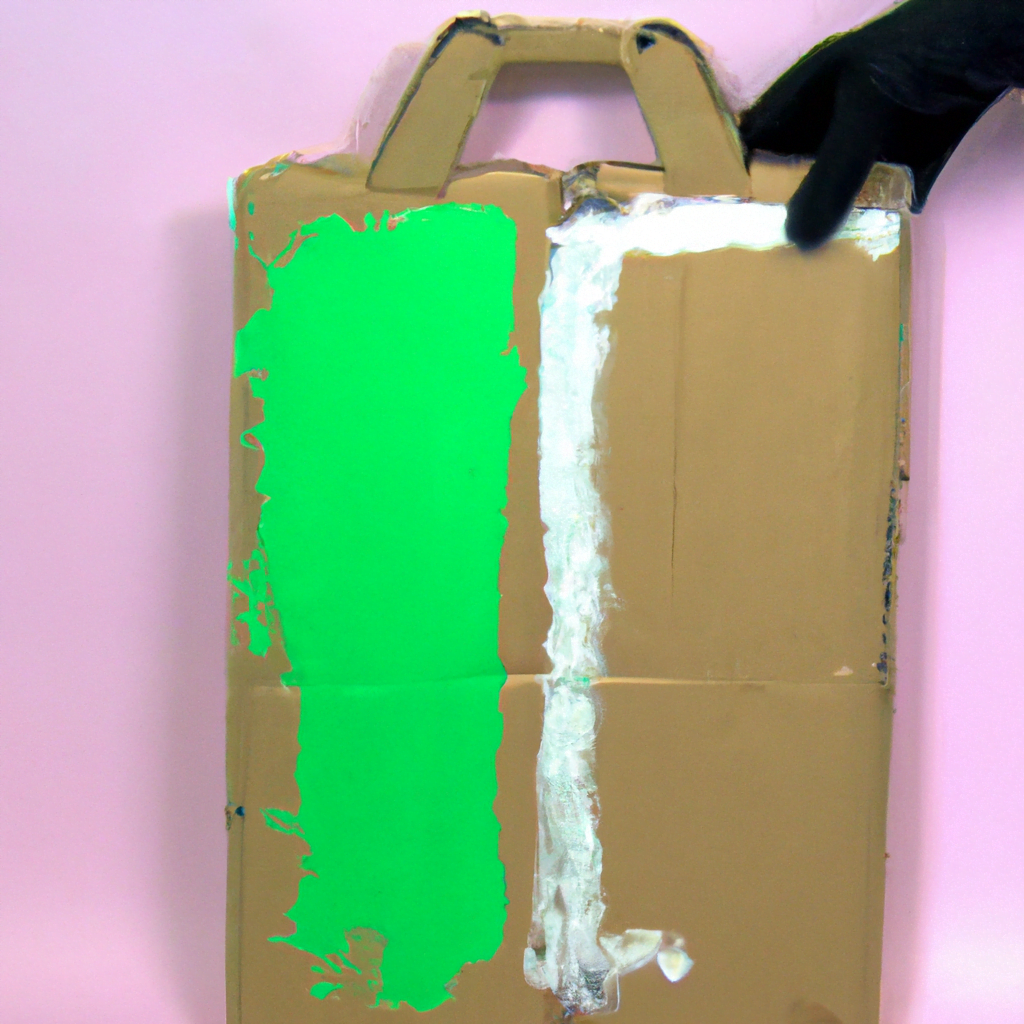
Eco-Friendly Packaging Options: A Comprehensive Guide

As consumers become more environmentally conscious, businesses are under increasing pressure to adopt sustainable practices. One area where this is particularly important is packaging. Traditional packaging materials such as plastic and Styrofoam are not only harmful to the environment but also contribute to the global waste crisis. Fortunately, there are many eco-friendly packaging options available that can help businesses reduce their environmental impact while still protecting their products. In this article, we will explore some of the most popular eco-friendly packaging options and their benefits.
Biodegradable Packaging
Biodegradable packaging is made from materials that can break down naturally in the environment. These materials include plant-based plastics, paper, and cardboard. Biodegradable packaging is an excellent alternative to traditional plastic packaging, which can take hundreds of years to decompose. Biodegradable packaging can be composted, which means it can be turned into nutrient-rich soil that can be used to grow plants.
One example of biodegradable packaging is mushroom packaging. This type of packaging is made from the roots of mushrooms and is completely biodegradable. It is also strong and durable, making it an excellent alternative to traditional packaging materials.
- Benefits of biodegradable packaging:
- Reduces waste in landfills
- Can be composted
- Does not release harmful chemicals into the environment
Recyclable Packaging
Recyclable packaging is made from materials that can be recycled and turned into new products. These materials include paper, cardboard, glass, and metal. Recyclable packaging is an excellent alternative to traditional packaging materials because it reduces the amount of waste that ends up in landfills. It also conserves natural resources by reducing the need for new materials to be produced.
One example of recyclable packaging is aluminum cans. Aluminum cans are 100% recyclable and can be turned into new cans in as little as 60 days. They are also lightweight, which reduces transportation costs and carbon emissions.
- Benefits of recyclable packaging:
- Reduces waste in landfills
- Conserves natural resources
- Reduces carbon emissions
Reusable Packaging
Reusable packaging is made from materials that can be used multiple times. These materials include glass, metal, and durable plastics. Reusable packaging is an excellent alternative to traditional packaging materials because it reduces the amount of waste that ends up in landfills. It also conserves natural resources by reducing the need for new materials to be produced.
One example of reusable packaging is glass jars. Glass jars can be used to store food, beverages, and other products. They are durable and can be reused many times before they need to be recycled.
- Benefits of reusable packaging:
- Reduces waste in landfills
- Conserves natural resources
- Reduces carbon emissions
Compostable Packaging
Compostable packaging is made from materials that can be composted. These materials include plant-based plastics, paper, and cardboard. Compostable packaging is an excellent alternative to traditional plastic packaging, which can take hundreds of years to decompose. Compostable packaging can be composted, which means it can be turned into nutrient-rich soil that can be used to grow plants.
One example of compostable packaging is cornstarch packaging. Cornstarch packaging is made from corn and is completely compostable. It is also strong and durable, making it an excellent alternative to traditional packaging materials.
- Benefits of compostable packaging:
- Reduces waste in landfills
- Can be composted
- Does not release harmful chemicals into the environment
Case Study: Patagonia
Patagonia is a clothing company that is committed to sustainability. The company has implemented several eco-friendly packaging options to reduce its environmental impact. One of these options is biodegradable packaging. Patagonia uses biodegradable bags made from plant-based materials to package its products. These bags can be composted, which means they do not contribute to the global waste crisis.
Patagonia also uses recycled materials to make its packaging. The company uses recycled paper and cardboard to make its shipping boxes. This reduces the amount of waste that ends up in landfills and conserves natural resources.
Conclusion
Eco-friendly packaging options are becoming increasingly important as consumers become more environmentally conscious. Biodegradable, recyclable, reusable, and compostable packaging are all excellent alternatives to traditional packaging materials. These options reduce waste in landfills, conserve natural resources, and reduce carbon emissions. Businesses can also benefit from eco-friendly packaging options by reducing their environmental impact and appealing to environmentally conscious consumers. By adopting eco-friendly packaging options, businesses can contribute to a more sustainable future.
